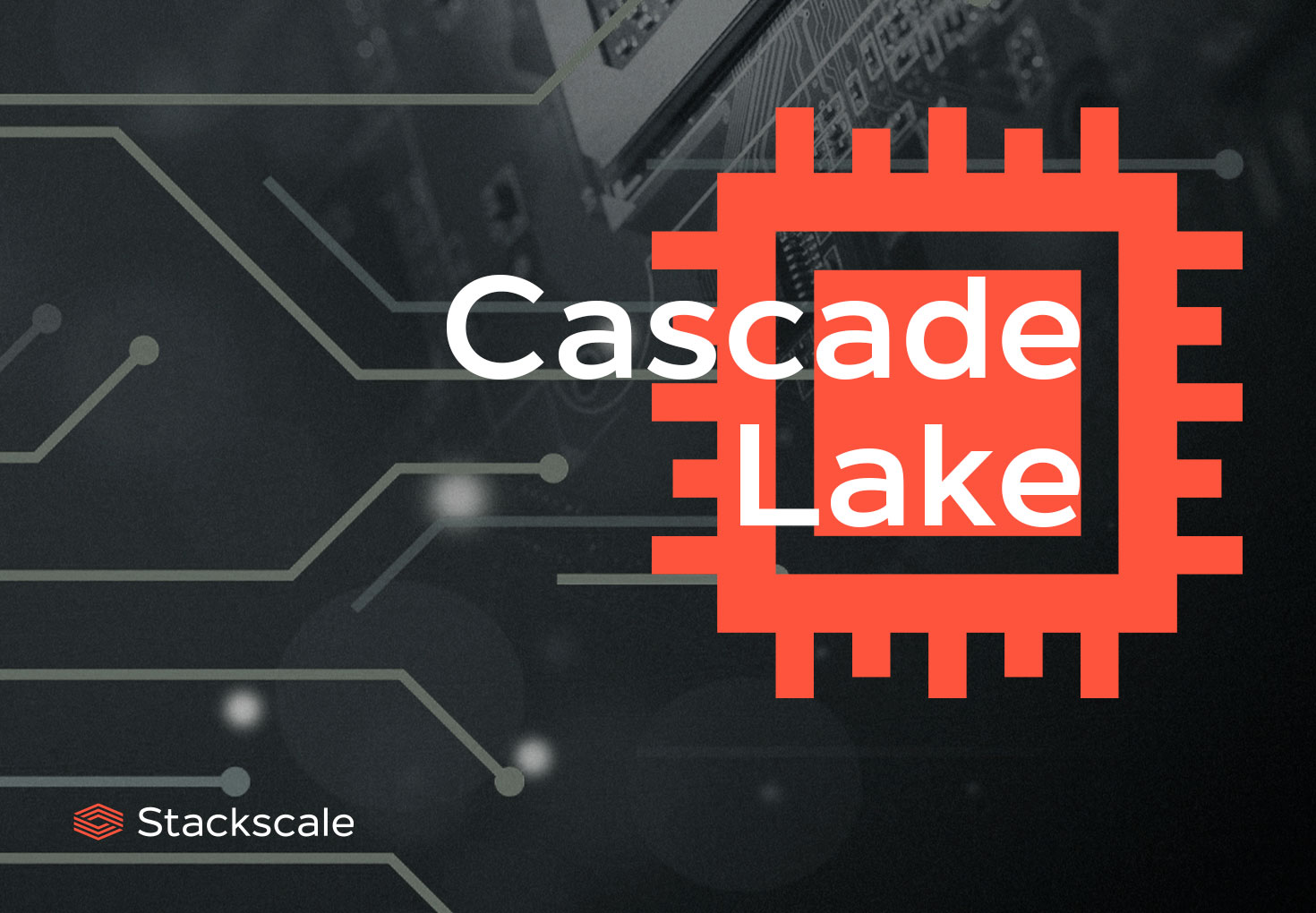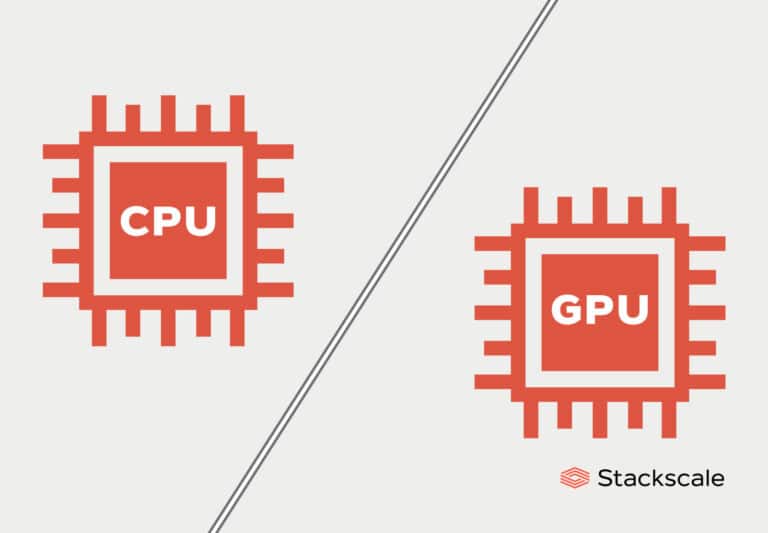Intel® Cascade Lake is the first microarchitecture to introduce in-hardware mitigations for the Meltdown and Spectre vulnerabilities. Cascade Lake is the former name of the 2nd generation of Intel® Xeon® Scalable Processors. This generation includes many improvements in terms of speed, security, performance and efficiency.
Intel®’s Cascade Lake microarchitecture features
Cascade Lake is the codename for Intel®’s 14 nanometer processor microarchitecture launched in 2019. It is an optimized version of Intel®’s Skylake microarchitecture. Stackscale’s private cloud environments and bare-metal servers are based on this microarchitecture, powered by 2nd generation Intel® Xeon® Scalable Processors. Cascade Lake delivers improved CPU speeds, security, performance and efficiency for diverse types of workloads. Besides, it offers optimized configurations for specific markets and other innovative technologies and features.
Here are some of Cascade Lake’s specifications:
- Optimized for running complex Artificial Intelligence workloads.
- In-hardware mitigations for the Spectre and Meltdown vulnerabilities.
- DDR4 memory speeds up to 2933 MHz.
- Support for Intel® Optane™ persistent memory.
- Intel® Deep Learning Boost (DL Boost).
- Intel® QuickAssit technology (QAT).
- Intel® Resource Director technology.
Cascade Lake uses fabrication enhancements beyond Intel®’s 14nm++ technology released by Intel® in 2017. Intel®’s 14 nanometer technology was first used in 2016 for Intel® processors based on the Broadwell architecture. Intel® processors based on Skylake used an enhanced version of that first-generation technology: Intel®’s 14nm+ technology.
Intel®’s Cascade Lake processors
Here is a list of Intel® processors based on the Cascade Lake microarchitecture.
Cascade Lake-X (Enthusiast)
- Intel® Core™ i9-10900X X-series
- Intel® Core™ i9-10920X X-series
- Intel® Core™ i9-10940X X-series
- Intel® Core™ i9-10980XE
Cascade Lake-AP (Advanced Performance)
- Xeon® Platinum 9200 series
Cascade Lake-SP (Scalable)
- Xeon® Platinum 8200 series
- Xeon® Gold 6200 series (2019)
- Xeon® Gold 6200 series (2020)
- Xeon® Gold 5200 series (2019)
- Xeon® Gold 5200 series (2020)
- Xeon® Silver 4200 series (2019)
- Xeon® Silver 4200 series (2020)
- Xeon® Bronze 3200 series (2019)
- Xeon® Bronze 3200 series (2020)
Cascade Lake-W (Workstation)
- Xeon® W-2200 series
- Xeon® W-3200 series
Our server line relies on processors from Intel® Xeon® Gold 6200 series and Xeon® Silver 4200 series, part of the second generation of Intel® Xeon® Scalable Processors (SP) family.
In-hardware mitigations for the Meltdown and Spectre vulnerabilities
Cascade Lake Scalable Processors were designed to improve performance over software mitigations already available for existing products. The Meltdown and Spectre vulnerabilities allow programs to steal data which is being processed on the computer; without leaving traces in traditional log files. Both vulnerabilities work on personal computers, mobile devices and cloud infrastructure.
Programs are not usually authorized to read data from other programs. However, malicious programs can exploit Meltdown and Spectre to obtain data stored in the memory of other running programs. By using these vulnerabilities, malicious programs can steal all kinds of data and files — from passwords stored in browsers and password managers to emails, personal photos and business-critical documents.
Meltdown vulnerability
The Meltdown vulnerability breaks the most fundamental isolation between the operating system (OS) and user applications, allowing a program to access the memory of other programs and the OS. There are software patches against Meltdown for Linux, Windows and OS X.
This vulnerability was discovered by Jann Horn at Google Project Zero, Werner HaaS and Thomas Prescher at Cyberus Technology, and Daniel Gruss, Moritz Lipp, Stefan Mangard and Michael Schwarz at Graz University of Technology.
Spectre vulnerability
The Spectre vulnerability breaks the isolation between different applications, allowing attackers to trick error-free programs, following best practices, into leaking their secrets. This vulnerability is both harder to exploit and to mitigate than Meltdown. There are also some software patches against Spectre.
This vulnerability was discovered by Jann Horn at Google Project Zero and Paul Kocher in collaboration with Daniel Genkin at University of Pennsylvania and University of Maryland, Mike Hamburg at Rambus, Moritz Lipp at Graz University of Technology and Yuval Yarom at University of Adelaide and Data61.
You can find further details about these vulnerabilities in Graz University of Technology’s website about Meltdown and Spectre.




